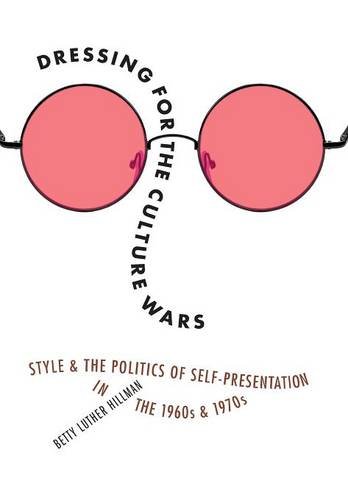

Most ebook files are in PDF format, so you can easily read them using various software such as Foxit Reader or directly on the Google Chrome browser.
Some ebook files are released by publishers in other formats such as .awz, .mobi, .epub, .fb2, etc. You may need to install specific software to read these formats on mobile/PC, such as Calibre.
Please read the tutorial at this link: https://ebookbell.com/faq
We offer FREE conversion to the popular formats you request; however, this may take some time. Therefore, right after payment, please email us, and we will try to provide the service as quickly as possible.
For some exceptional file formats or broken links (if any), please refrain from opening any disputes. Instead, email us first, and we will try to assist within a maximum of 6 hours.
EbookBell Team

0.0
0 reviewsStyle of dress has always been a way for Americans to signify their politics, but perhaps never so overtly as in the 1960s and 1970s. Whether participating in presidential campaigns or Vietnam protests, hair and dress provided a powerful cultural tool for social activists to display their politics to the world and became both the cause and a symbol of the rift in American culture. Some Americans saw stylistic freedom as part of their larger political protests, integral to the ideals of self-expression, sexual freedom, and equal rights for women and minorities. Others saw changes in style as the erosion of tradition and a threat to the established social and gender norms at the heart of family and nation.
Through the lens of fashion and style, Dressing for the Culture Wars guides us through the competing political and social movements of the 1960s and 1970s. Although long hair on men, pants and miniskirts on women, and other hippie styles of self-fashioning could indeed be controversial, Betty Luther Hillman illustrates how self-presentation influenced the culture and politics of the era and carried connotations similarly linked to the broader political challenges of the time. Luther Hillman’s new line of inquiry demonstrates how fashion was both a reaction to and was influenced by the political climate and its implications for changing norms of gender, race, and sexuality.